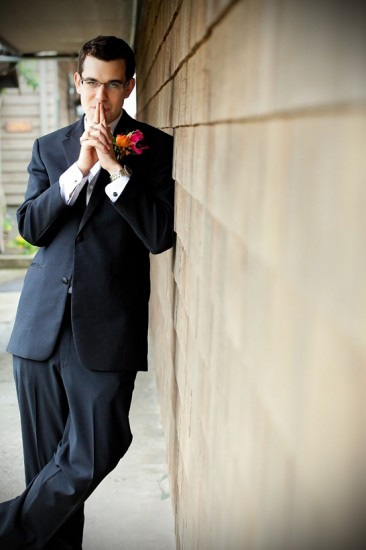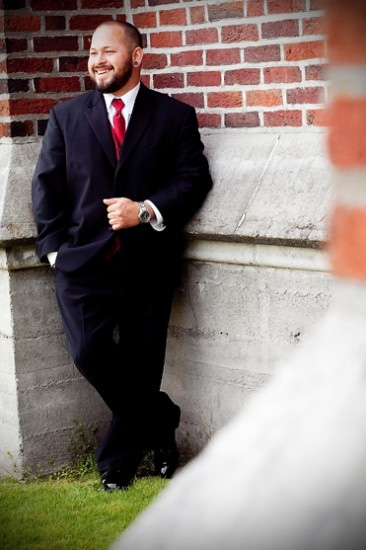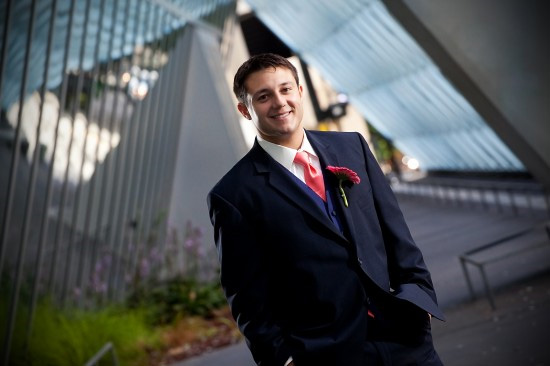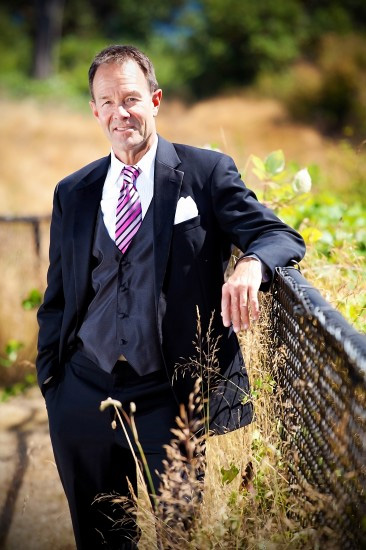
Competition in today’s photography industry has never been greater. Seasoned professionals and the up-and-coming are all trying to secure their portion of the market, and to get it they’ll need an edge. Let’s just assume that as a photographer you already have the skills to make great photos, so what edge do you have over your competition?
If you’ve been following CurrentPhotographer.com for a while, you know I’m a big proponent of having a strong online presence. A blogsite with regular updates and new photos, being active on other blogs and forums, and being heavily involved with social media will all help to give you an edge over your competition. In this article I’ll show you how Google Social Search combined with your online presence will help you gain exposure, get more clients and ultimately increase sales.
So you may be asking what is Google Social Search?
Google Social Search helps you find publicly available web content form people and websites within your Social Circle using Google’s search engine.
So what is your Social Circle?
Your social Circle is the network of your online friends and contacts. It consists of people you’re connected to through Twitter and FriendFeed, people in your Gmail or Google Talk chat list, people in your Google groups, people you’re following in Google Reader and on Google Buzz.
So how does Google Social Search work?
It all starts with your Google Profile. A while back I wrote an article titled “Do You Have a Google Profile?” that explains what it is and a few reasons why you should have one. When you set up your profile you have the option to connect your websites and online profiles like Twitter, FriendFeed, LinkedIn, etc. to your Google Profile. By identifying these connections Google can determine who the people are within your Social Circle through publicly available information. Google takes it a step further and builds an Extended Social Circle by including friends of your friends.
I like many, use Google products such as Gmail and Google Reader everyday. To use these products you have to sign in to your Google account. Once signed in, if you perform a Google search for let’s say “photography news” you may notice at the bottom of the results page, a heading that says “Results from people in your social circle for photography news” and CurrentPhotographer.com may be one of the results (See image below). These results are what Google determines to be most relevant to you because they are from people or websites that you’ve indicated a connection with.

A broad search term like "photography news" returned 454,000,000 results, but because CurrentPhotographer.com is in my Social Circle, it shows up on the first page of results. Very powerful!
For more information about Google Social Search and how it works, watch the short video below from Matt Cutts, Google Search Quality group.
How Google Social Search works
So how can I make Google Social Search work for me?
With the millions/billions of people that use Google search and their other products everyday, odds are pretty good that your current clients or prospective clients are using them too. Now you need to connect with them. If you know they’re on Twitter, start following them and engage in conversation. Politely encourage them to follow you back so you can continue the conversation. Update your blogsite with great articles and photos that will be of interest to your clients and share links to them. You need to create compelling content that will make them want to visit your site or better yet subscribe to your site’s RSS feed using Google Reader.
Note: I suggest using Feedburner.com to create the RSS feed for your site. Feedburner is a Google product and by default will ask the viewer to subscribe with Google Reader if they are logged into their Google account. Other reader options are also available. See my RSS button at the top for an example. ![]()
When they subscribe to your blog using Google Reader, Google can determine that they made a connection to you and will add your site to their Social Circle of connections.
For example, let’s say you’re a commercial photographer and you’ve connected with Art Directors and Creative Directors in your area on Twitter. Since you know they’re interested in design, you start writing articles about the latest photography techniques effecting todays designs. Then you share links to these articles on Twitter. You may have caught the interest of a few of these creatives so they decided to subscribe to your blog so they can keep up with your information. Now let’s say that one of these creatives has an interest in using HDR photography in one of their new designs. They go to Google and do a search for “HDR Photography” to learn more about this technique. At the bottom of the results page they see your blogsite listed with a great article you created about HDR photography and how this is a new service you’re offering. In the article you have links to your portfolio with samples of HDR images you’ve created. Will they pick up the phone and give you a call, I don’t know, but at least now you’re on their radar as a source for HDR photography.
So what if they don’t subscribe to my blog using Google Reader, will I still be linked to their Social Circle?
If your clients/prospects are friends/followers and have a Google Profile with links to their social networks you’ll be in their Social Circle. If they don’t have a Google Profile it does become a bit harder to determine their Social Circle. To find out if they have a Google Profile click here and enter their name. If Art Director John Smith is on Twitter and has a Google account but doesn’t have a Google Profile set up with the Twitter connection, Google can’t easily put the two together. Since Google now indexes Tweets, it may be possible through the use of advanced algorithms to make the connection but you will need to be actively engaging in conversation with your followers/prospects. When Google sees you mentioning someone and them mentioning you on a regular basis they may link the two of you together in the Social Circle.
Another way to become part of a prospects Social Circle is to become a contact in their Google Contacts and be classified as friends, family or coworkers. How do you get in their contacts? Offer to email them with more information about your business or send them a FREE pdf whitepaper. Tell them to add your email address to their contacts so you get whitelisted. There’s no black hat stuff going on here, if they’re not interested they’ll tell you. You can’t make them do something they don’t want to, so make them want to. Be compelling and offer great information that they will be happy to receive.
If you’re in your clients/prospects list of Google Chat contacts you will also be linked to their Social Circle. Ask them to have a chat with you to discuss their needs and how you can help. Offer to give them a demonstration on how you shoot HDR images. Think of it as an educational webinar offering great information. They will have to add you to their Google Chat contacts in order to make the connection.
While there’s no guarantee that you’ll get new business through Google Social Search results, it certainly gives you the edge over those who don’t show up. Getting noticed and staying in front of your clients and prospects is very important and Google Social Search can certainly help you out.
Next Steps…
1. If you don’t already have a Google Profile, click here to create one. Fill it out with as much information you feel comfortable sharing and link all of your sites and online profiles to it.
2. Get connected with your clients and prospects on Twitter, LinkedIn, Google Buzz, etc. and start engaging in conversation. Be helpful and answer questions, provide links to share useful information both on your blogsite and other sites.
3. Encourage site readers to subscribe using Google Reader.
4. Connect via email and Google Chat to get on their contacts list.
5. Continue to create compelling content that will make readers want to keep coming back for more. This helps to build you as an expert in your area and the go-to photographer for their needs.







